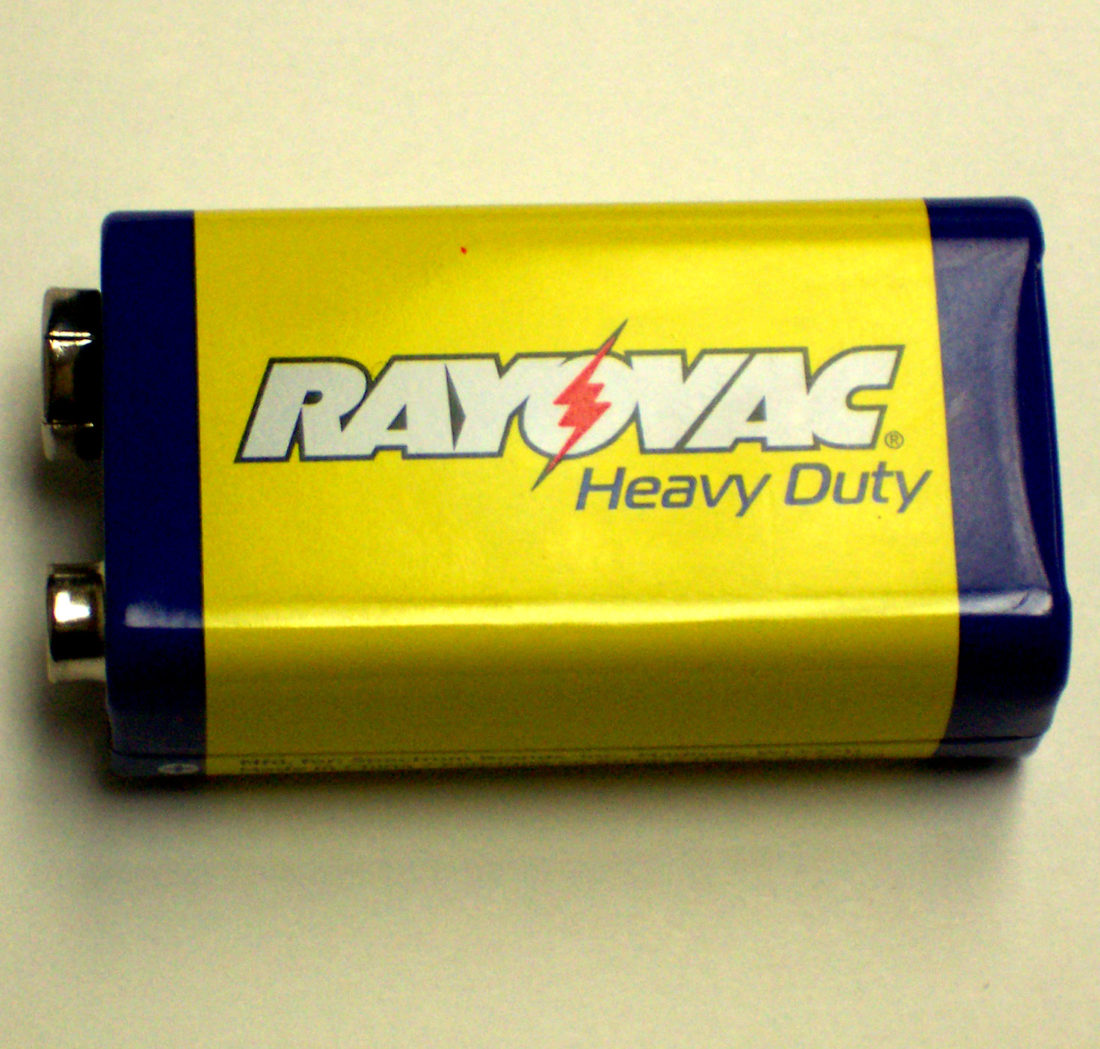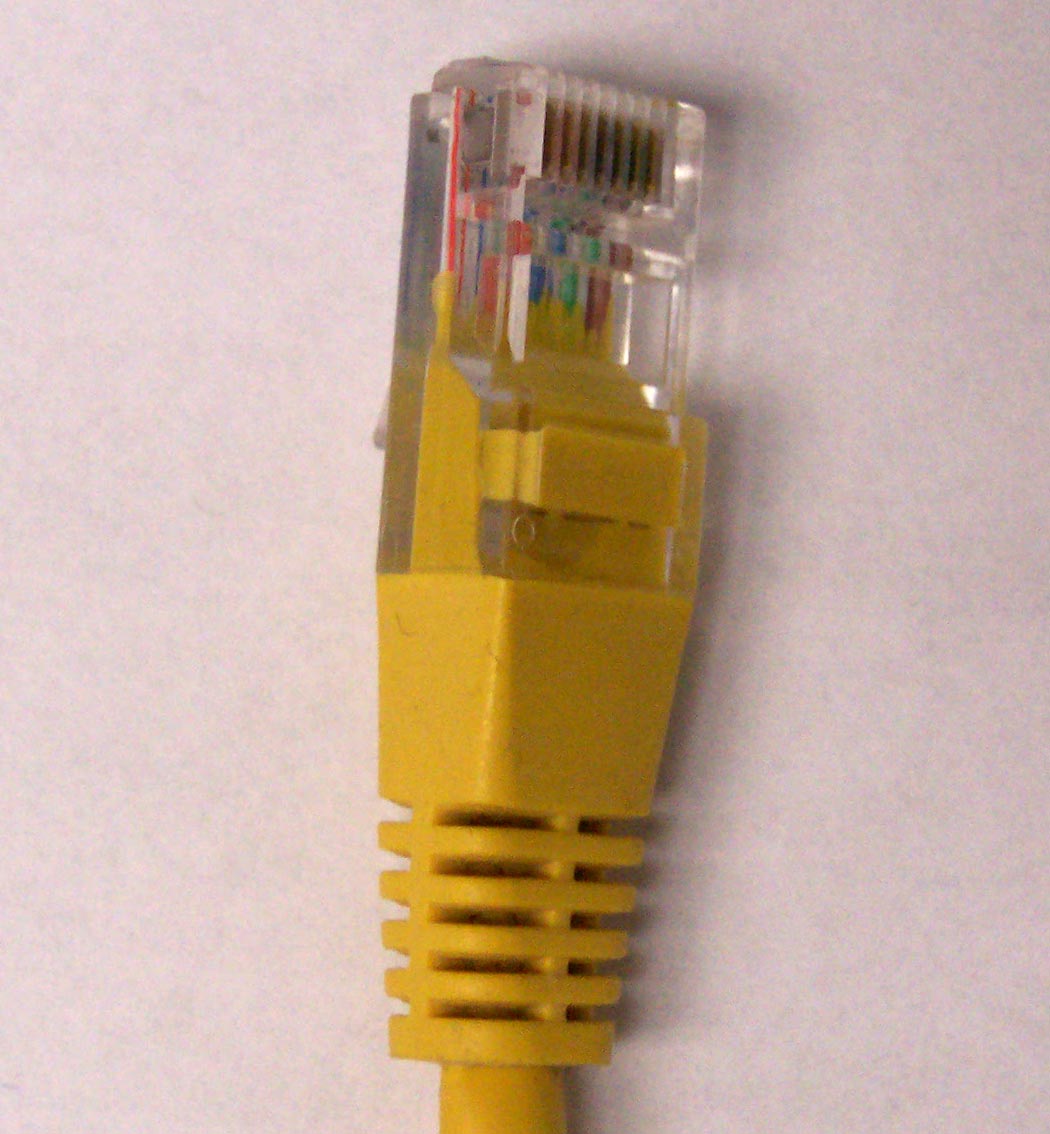IP VIDEO REFLECTIONS ON COAX CABLE
IP VIDEO REFLECTIONS ON COAX CABLE
By Frank McClatchie
In the process of retrofitting IP cameras into an analog video installation it is sometimes possible to use the existing coaxial cable to save time and construction expenses when the cables are hard to run or require extensive excavation. Because the IP signal is really two signals operating in opposite directions it requires the use of adaptor equipment at each end of the coaxial cable to convert the impedance of the IP signal and its duplex nature for use on the two conductor coax cable.
A problem has surfaced when using coaxial cable for IP cameras that is not easy to spot unless you know what to look for. Sometimes for no apparent reason, the connection between the IP camera and the NVR on the coax cable simply does not work and when you wiggle the cables it will work for a while and then fail again or the picture exhibits large numbers of freeze frames. Wiggling the cables would normally indicate that the BNC connector is loose and needs to be re-fitted, but sometimes it’s more than that.
The problem is intermittent loss of pictures due to the way the BNC connectors are attached to the Coaxial Cable. This has come to light during tests of IP picture transmission over relatively old previously installed Coaxial Cables. These cables transmit ordinary analog video without any difficulty, but when used to transmit IP camera signals, these cables sometimes exhibit intermittent IP data transmission.
After careful examination it appears that these BNC connections are suffering from a small resistance on the interior of the connector which is not enough to cause a visible amplitude change in baseband video transmission, but is enough to cause a reflection of the data stream so that the data becomes distorted thus introducing errors into the data transmission so that IP pictures cannot be transmitted through that particular cable without generating unacceptable data error rates.
These extra resistances may only be on the order of an Ohm or so and thus are not observed on baseband video signals, but can completely disrupt IP picture transmission. The cause of the extra resistance is a thin film or coating of corrosion (copper oxide) on the surface of the conductors particularly the center conductor as it meets with the center pin of the male BNC connector. This may be the source of some of the unexplained IP picture failures that have been observed.
This particular problem appears to occur due to inadequate crimping of the center conductor during assembly or a loosening of the connection due to thermal “pull out” of the center conductor, and of course can be remedied by SOLDERING instead of crimping the central coaxial wire to the center conductor of the Coaxial Connector.
After making these tests F M Systems, Inc. is recommending that crimping of the center conductors on BNC Connectors be eliminated and that all center Pin conductors on BNC connectors be soldered to insure continuity of center conductors when that cable is used for IP picture transmission. Because of the high frequency nature of the IP signals even small discontinuities of the cable on a moderately long run can introduce reflections of the digital signal that can introduce errors in the received signal, thus preventing the transmission of the picture.
An installed coaxial cable can have a life span of 20 years or more if properly installed. Soldering the center pin of the BNC connector is a small step that will guarantee that the cable continues to perform well over its entire lifetime.
If you are looking for a unit to convert your IP video signal for use on coaxial cable you may consider our IPC-1 IP over coax converter.
The IPC-1 allows IP camera signals to travel on existing RG59U or RG6 coaxial cables once used for analog cameras and will extend the operating range of an IP camera far beyond the 100 meter limitation of network cabling to over 300 meters (1000 Feet) of coax cable. This equipment operates in full duplex mode without reducing maximum network speed and requires very little installation time with absolutely no set up of IP or MAC addresses so no configuration time is required. You can use this equipment with 10 Mbps signals all the way up to 100Mbps standard Ethernet IP signals. The IPC-1 will pass all forms of error detection and parity signals without interference. This unit is for non P.O.E. installations.





